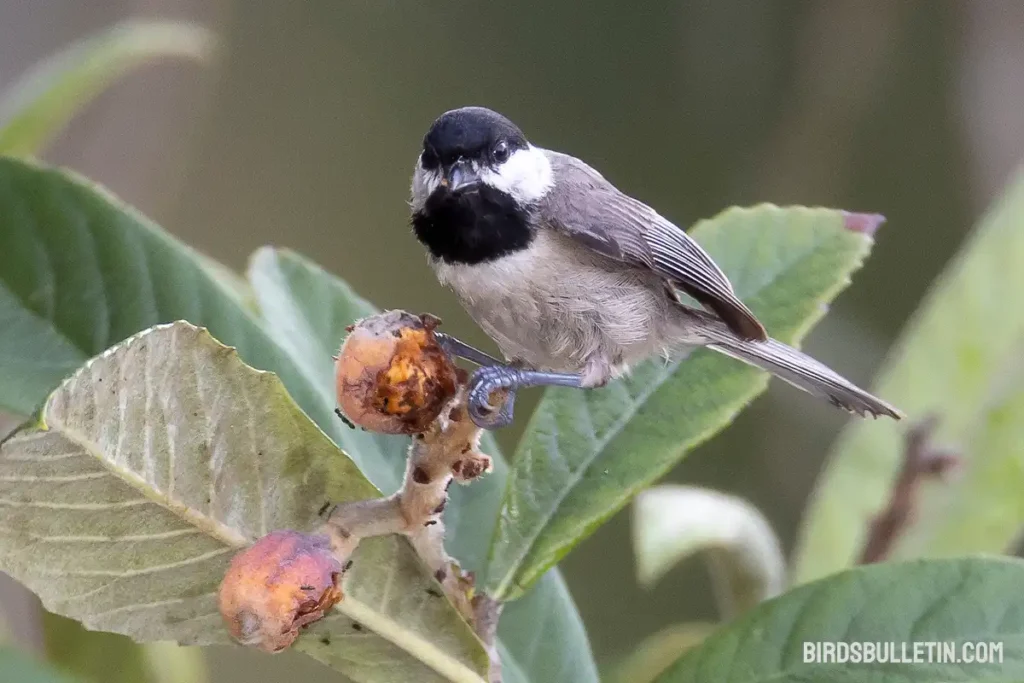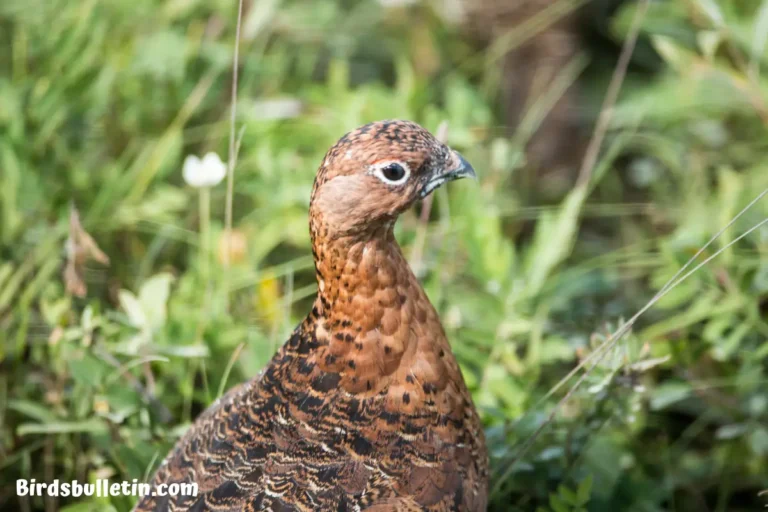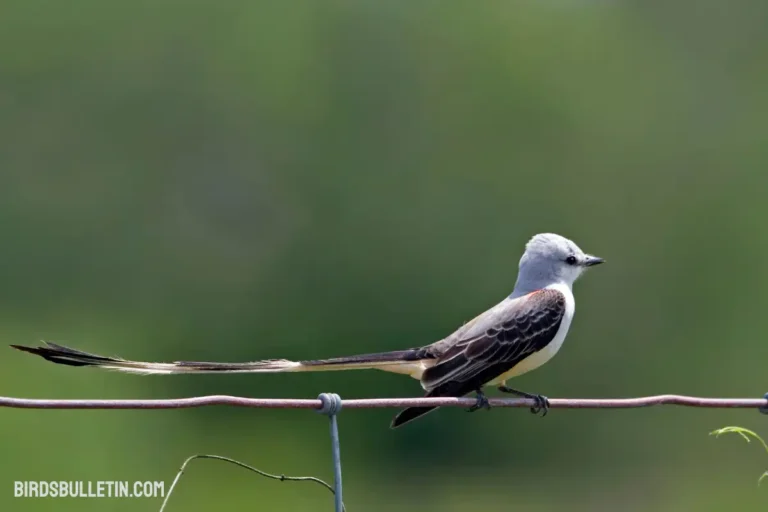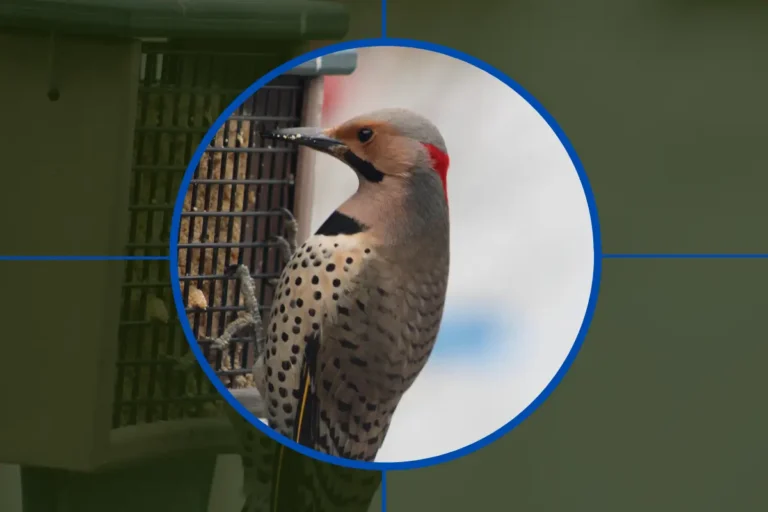Carolina Chickadee: Behavior, Nesting, And More
With their cheerful “chick-a-dee-dee” calls brightening up backyards and woods, Carolina chickadees are a beloved backyard bird.
Read on to learn more about identifying these lively songbirds along with details on their range, nesting, conservation status, and more.
Interested in similar topics on birds overview
How to Identify Carolina Chickadee?
Follow these tips for identifying the Carolina chickadee:

Small size – About 4-5 inches long, similar to a black-capped chickadee
Color pattern – Gray back, wings, and flanks; white underside; black cap and bib; white cheeks
Song – Whistled “fee-bee” song; slower cadence than black-capped
Call – Familiar “chick-a-dee-dee” call, often repeated
Range – found across the southeastern U.S. from Texas to Florida up to New Jersey
Behavior – active foraging, hanging upside down on branches and feeders
Carolina Chickadee Profile
| Feature | Description |
|---|---|
| Scientific Name | Poecile carolinensis |
| Alternative Name | None |
| Color | Gray back and flanks, white underside, black cap and bib, white cheeks |
| Size | 4.5-5 inches |
| Wingspan | 5.9-7.9 inches |
| Weight | 10 grams |
| Lifespan | 2 years (max 8 years) |
| Breeding Season | April – July |
| Lay Eggs | 4-8 eggs per clutch, 1 brood per season |
| Diet and Prey | Insects, spiders, seeds, berries |
| Threats and Predators | Hawks, owls, snakes, squirrels, cats |
| Locations | Southeastern United States |
State Bird And Symbol
The Carolina chickadee is the official state bird of both North Carolina and South Carolina. Its representation reinforces the chickadee’s strong cultural connection with the southeastern United States.
Chickadees remind locals of the joys of nature close to home. They symbolize resourcefulness and cheerfulness.
Species Or Subspecies
The Carolina chickadee is considered a distinct species, Poecile carolinensis. However, it has sometimes been classified as a subspecies of the black-capped chickadee (Poecile atricapillus carolinensis) due to hybridization in a narrow zone where their ranges overlap.
Most authorities maintain its species status based on distinct vocalizations, habitat preferences, morphology, and genetic analysis.
Nesting
Carolina chickadees nest in natural tree cavities or old woodpecker holes. They also readily use nest boxes. Nest height is typically 6 to 15 feet above ground. The female builds a nest of moss, fur, feathers, and plant down, then lays 4-8 eggs.
After a 12–14-day incubation, the altricial young hatch blind and featherless. Fledging occurs in about 16-18 days. Carolina chickadees produce 1-2 broods per year.
Population And Range
Carolina chickadees number approximately 13 million. Their range extends across the southeastern United States from New Jersey, Maryland, and Kansas, south to Florida and Texas.
They are non-migratory, residing year-round within their breeding range. However, northern populations may migrate short distances southward in winter.
Behavior
Foraging – Carolina chickadees glean insects, spiders, and seeds from trees; also scratch and probe in leaf litter.
Caching – They hide excess seeds and insects in bark crevices and holes, returning to these caches in winter.
Flocking – Chickadees form winter flocks often mixed with tufted titmice and nuthatches.
Vocalizations – They have complex vocalizations including a whistled “fee-bee” song and their familiar namesake “chick-a-dee” calls.
Social – Carolina chickadees are lively, social, and curious; they readily approach humans and bird feeders.
Human Connections
In backyards throughout their range, Carolina chickadees provide endless entertainment with their acrobatic antics and cheerful chatter. They quickly learn to take seeds from an outstretched hand. Chickadees frequently visit feeders for black oil sunflower seeds, peanuts, and suet.
They readily accept nest boxes, allowing easy observation of their breeding biology. As state birds, chickadees have cultural importance throughout the southeastern U.S.
Conservation Status
With a large range and stable population, the Carolina chickadee is classified as Least Concern by the IUCN. Habitat loss is a potential threat, but chickadees are fairly adaptable to various wooded habitats including parks and residential areas.
Providing nest boxes and planting native vegetation to restore habitats can aid chickadee conservation.
Laws
In the U.S., the Carolina chickadee is protected under the Migratory Bird Treaty Act which prohibits harming chickadees, their nests, or eggs without permits. It is illegal to possess Carolina chickadees or their parts without permits. Fines and prosecution can result from violations.
Frequently Asked Questions
01. How long do Carolina chickadees live?
The average lifespan of Carolina chickadees is 2 years. The maximum recorded lifespan is just over 8 years for a chickadee in the wild.
02. What predators prey on Carolina chickadees?
Sharp-shinned hawks, Cooper’s hawks, snakes, and squirrels may prey on adults. Eggs and nestlings can fall victim to snakes, chipmunks, flying squirrels, raccoons, and cats.
03. What time of day are chickadees most active?
Carolina chickadees are diurnal, meaning they are active during daylight hours and sleep at night. Just after sunrise and before sunset are especially busy feeding times.
Final Word
With their endless energy and cheerful voices, Carolina chickadees brighten up backyards and woods throughout the southeastern United States. Take time to appreciate the perseverance of these tiny songbirds, and maybe offer mealworms or sunflower seeds from your hand.
Through habitat conservation and education, we can ensure Carolina chickadees continue thriving close to home for generations to come.
References
- Mostrom, A. M., Curry, R. L., & Lohr, B. (2002). Carolina chickadee (Poecile carolinensis), version 2.0. In The Birds of North America (P. G. Rodewald, Editor). Cornell Lab of Ornithology, Ithaca, NY, USA.
- Foote, J.R., Mennill, D.J., Ratcliffe L.M., Smith, S.M. (2010). Black-capped Chickadee (Poecile atricapillus), version 2.0. In The Birds of North America (P. G. Rodewald, editor). Cornell Lab of Ornithology, Ithaca, New York, USA.
- Cabe, P. R. (1993). European Starling (Sturnus vulgaris), version 2.0. In The Birds of North America (P. G. Rodewald, Editor). Cornell Lab of Ornithology, Ithaca, NY, USA.







